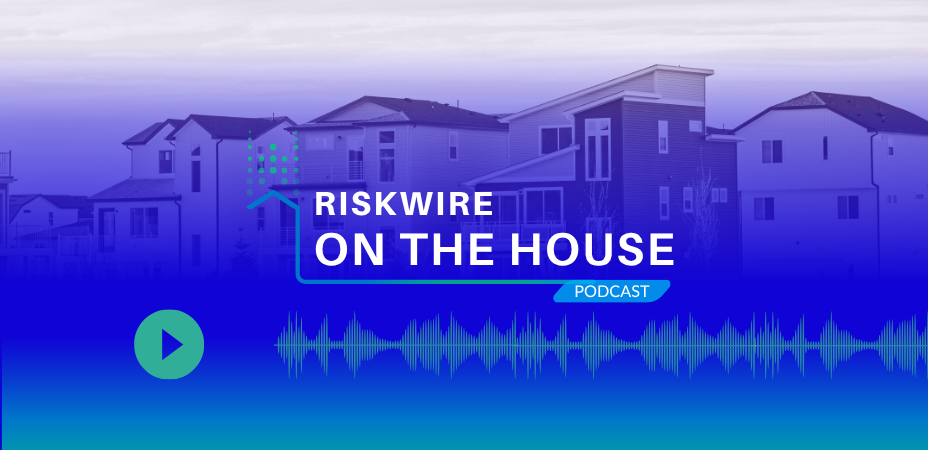Collateral Integrity Analysis (CIA)
Collateral Integrity Analysis (CIA)
Real estate risk and fraud are on the rise, placing an increasing burden on the mortgage banking industry to protect assets and grow business revenue. Veros’ Collateral Integrity Analysis (CIA) report utilizes the latest technology to analyze, detect and accurately identify high-risk transactions while minimizing costly false positives.
The Report
The CIA report is one of the most comprehensive risk reports available in the market. Aggregating what would otherwise require multiple data sets from multiple vendors, CIA provides the necessary information to evaluate risk exposure in a single, easy-to-use report.
CIA’s summary page encapsulates all major findings to save you time in review and provides clear direction on pertinent action items. These items are ranked by potential risk severity to allow your team to target review efforts toward the areas of greatest risk and impact.
National Coverage
Clear Value Range
Independently calculated VeroVALUE and Realistic Value Range
Local Market Data
Online Property Information and Local Market Data Access
Exceptional Efficiency
Web-based Account Management for Time- saving Efficiency
Performance & Controls
Real-time Access to Performance Metrics, Security Features, Cost Controls, Track & Reporting
Flexibility
Specialized Variations for Default Properties, Accuracy vs, Hit Rate, Portfolio Needs, Expert-assisted Valuations and Fully Transparent AVM Cascades
CIA Scores
Applying state-of-the art analytics to all aspects of specific property, local and regional market dynamics, and the complexities of fraudulent behavior, CIA includes historic price trends and forecasting analysis among its helpful findings. The resulting analysis is reconciled to provide a series of predictive scores that are highly correlated to the likelihood of risky or poor loan performance due to collateral fraud, early payment default, or other associated mortgage risk.
These market-proven metrics provide a comprehensive snapshot of market conditions; including Subject Risk Score, Market Risk Score, and Collateral Integrity Score.
Manage Risk More Efficiently
CIA provides a wealth of information to efficiently direct and streamline workflow. Efficiencies are increased, costs are lowered and decisions are more profitable.





